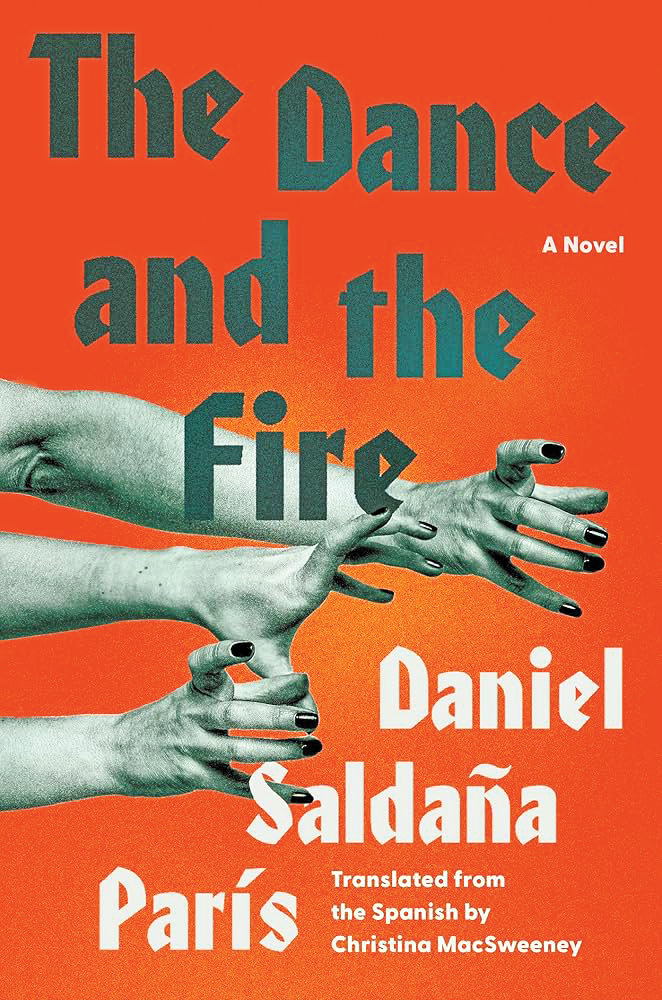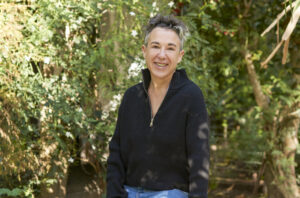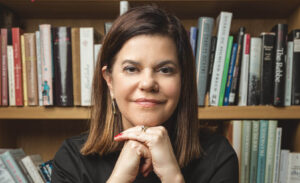This article is adapted from AQ’s special report on COP30
They say that time is a flat circle, history forever repeating itself. However, we often feel distant from the foibles of our forebears, as scientific advancements and a deeper understanding of the world around us foster a sense of being on an arc of progress. In the novel The Dance and the Fire, a dancing mania from the Middle Ages reappears in contemporary Cuernavaca, Mexico, while the city is surrounded by wildfires and shrouded in smoky skies. Through the tales of three childhood friends, writer Daniel Saldaña París crafts a story that builds to a haunting, frenzied conclusion that feels, despite its strangeness, all too familiar.
The Dancing Plague swept through a starving, traumatized Strasbourg, France, in the summer of 1518, sparked by Frau Troffea, who began dancing outside her home in mid-July. By mid-September, when the last dancer stilled their feet, 400 people had died. The dancers were famine-stricken townsfolk, children of plague survivors, people who, perhaps correctly, felt as though they had survived an apocalypse only to be thrust into another.

The Dance and the Fire
Daniel Saldaña París
Translated by Christina MacSweeney
Catapult
256 pages
The story of the dance maniacs of Strasbourg fascinates one of the main characters, the choreographer Natalia. She creates a choreography that mimics these movements, drawing inspiration from Strasbourg and the Swedish witches said to dance back-to-back. Her performance showcase is planned for the Jardín Borda, the former home of Emperor Maximilian I and his wife Carlota—a kind of Versailles-lite garden in Cuernavaca, which time and the drought have turned brittle brown and trashstrewn, as if Old Europe lay desiccated and dying.
Natalia is both living up to her adolescent dream of being an artist, and also compromised—the showcase was obtained because she is in a relationship with a much older, renowned oil painter. She floats through his house aimless and resentful during the days, and comes to life in the moments when he has left. Her two childhood friends—Conejo and Erre— lead similarly compromised lives, short of the visions of artistry and creative fulfillment of their adolescence.
The narration cycles among the three friends. Natalia comes first, as the dance draws from her readings and her obsessions, her growing worry at the circling wildfires. Her sections bring in history and photographs, connecting as much to the oddities of the past as to the ongoing present.
Erre is next, back in town after his own private apocalypse: He has lost his job and gotten a divorce, and has now returned to his childhood bedroom. He is also nursing a mysterious pain condition, chasing down pharmaceuticals in search of a reprieve, and reminiscing about the shining youth the three of them shared—he in love with Natalia, Conejo in love with him, all of them in love with the possibilities opening ahead of them.
And finally, Conejo—living with and caring for his blind father, seeking out conspiracy theories from the corners of the internet, worrying about his two friends lost in their own anxieties, as a kind of apocalyptic future looms.
The Dance and the Fire, originally published in Spanish in 2021 with an English edition scheduled for release on July 29, circles the idea that the medieval response to end-of-the-world times is not as strange as it may initially seem, time and again. The tinder for the pains of the martyrs and the dancing feet of the townspeople are all here and present; they just need a single spark to set them off. Saldaña París’ reconstruction of this centuries-old tale feels vibrant and urgent in this age of wildfires and pandemics.










